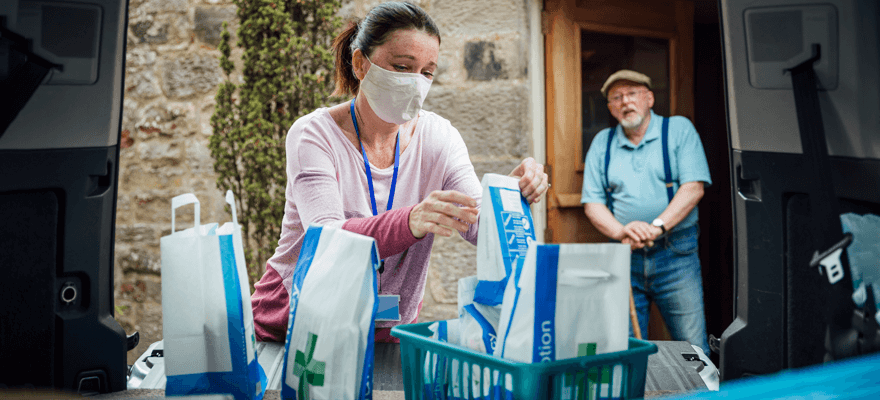Connecting back-end systems to your frontline workers can sometimes feel impossible. You’re collecting data to improve your processes but can’t get it into the right hands at the right times. Data can suffer extensive delays, get altered along the way, and sometimes not even end up where it needs to be at all.
In this article we’ll be exploring how you can make the last mile of communications count for your business.
Up-to-date information matters
Providing data in real time is much better than providing data hours, days, weeks, or months later. This means frontline workers can take necessary actions that immediately improve outcomes. There are several benefits of this for your business.
The ability to take instant action, such as preventative measures or reacting to a situation quickly can improve productivity, reduce error cost, and help to prevent legal ramifications. Examples could include:
- Reducing product errors on a factory line because of a recognised machine fault
- Minimising stock loss by rerouting a delivery that can’t be accepted
- Preventing accidents involving staff, because of a known issue
- Rerouting staff because an urgent task
- Rearranging a task that can’t be completed because of current circumstances, for example, the weather
Location relevance
Knowing the location of a person or asset is a significant advantage when trying to proactively organise or react to a situation. The nearest individual to an emergency can be contacted, or evacuations can be handled remotely, improving safety and outcomes for all involved.
Being able to find the nearest individual to an urgent task or colleague SOS can help reduce response times, reduce costs, and (importantly in an SOS situation) improve outcomes.
You can also connect location data with service roles, to ensure the correct amount of time is spent performing a task. This produces data which can even be shared with clients in real time by the employees completing the task.
Being able to prove task completion is a significant advantage in industries such as cleaning, maintenance, or even healthcare. In fact, it can actually protect frontline workers from unnecessary scrutiny or unfair complaints.
Companies who are already validating task completion with clients may be doing so by combining data from several sources, which takes time and produces unnecessary administrative costs. But using a joined-up system that combines real-time location and task status data to provide last-mile communications, can be invaluable – as, of course, is the ability to search historical data for validation or auditing purposes.
Assign by role, or skill
Being able to assign tasks by job role is a significant advantage for your business. Or, if you need to identify employees with certain skills, knowing who can do what, can help to connect you to the correct frontline worker who can take the actions required.
Failing to identify and connect with employees with the required skills, or training, can leave you unable to fix problems promptly, causing extra cost or downtime.
Help keep lone workers safe
Knowing the location of a lone worker helps keep them connected, with their safety in mind. Getting in touch with lone workers regularly for in depth conversations can be tricky, so being able to check in using biometric authentication quickly and easily on a device such as a Sense Badge can make a real difference to an employee’s feeling of safety and security.
So if you’re looking to make a difference to how you communicate and connect with front line workers, speak to a Sense consultant to understand how we can help you.







